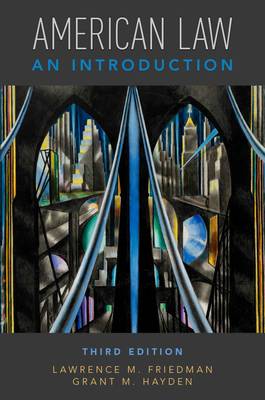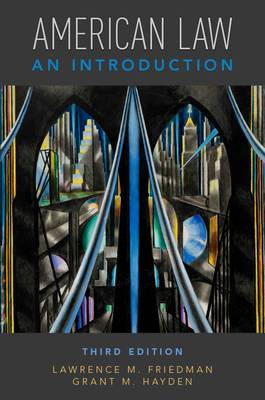
- Afhalen na 1 uur in een winkel met voorraad
- Gratis thuislevering in België vanaf € 30
- Ruim aanbod met 7 miljoen producten
- Afhalen na 1 uur in een winkel met voorraad
- Gratis thuislevering in België vanaf € 30
- Ruim aanbod met 7 miljoen producten
Zoeken
American Law
An Introduction
Lawrence M. (Marion Rice Kirkwood Professor of Law, Marion Rice, Grant M. (Professor of Law, Professor of Law, Hofstra University
Paperback
€ 39,95
+ 79 punten
Uitvoering
Omschrijving
This book provides an introduction to the American legal system for a broad readership. Its focus is on law in practice, on the role of the law in American society; and how the social context affects the living law of the United States.
Specificaties
Betrokkenen
- Auteur(s):
- Uitgeverij:
Inhoud
- Aantal bladzijden:
- 376
Eigenschappen
- Productcode (EAN):
- 9780190460594
- Verschijningsdatum:
- 19/01/2017
- Uitvoering:
- Paperback
- Afmetingen:
- 236 mm x 166 mm
- Gewicht:
- 512 g

Alleen bij Standaard Boekhandel
+ 79 punten op je klantenkaart van Standaard Boekhandel
Beoordelingen
We publiceren alleen reviews die voldoen aan de voorwaarden voor reviews. Bekijk onze voorwaarden voor reviews.








